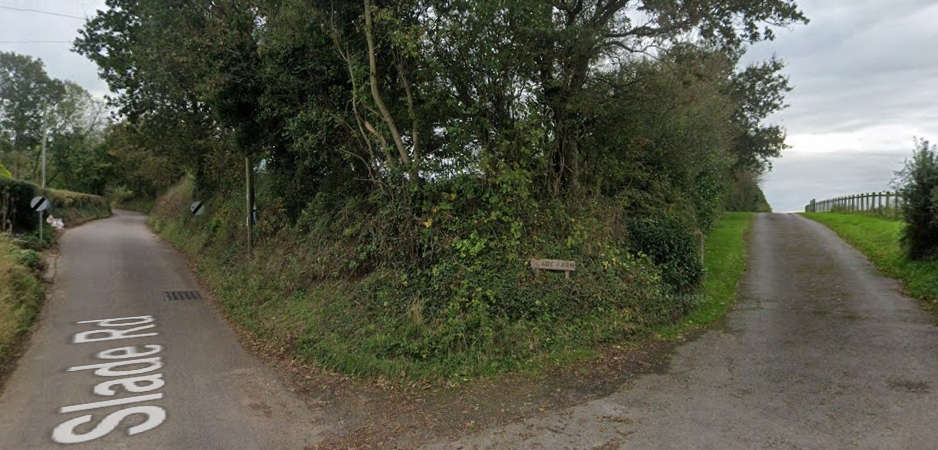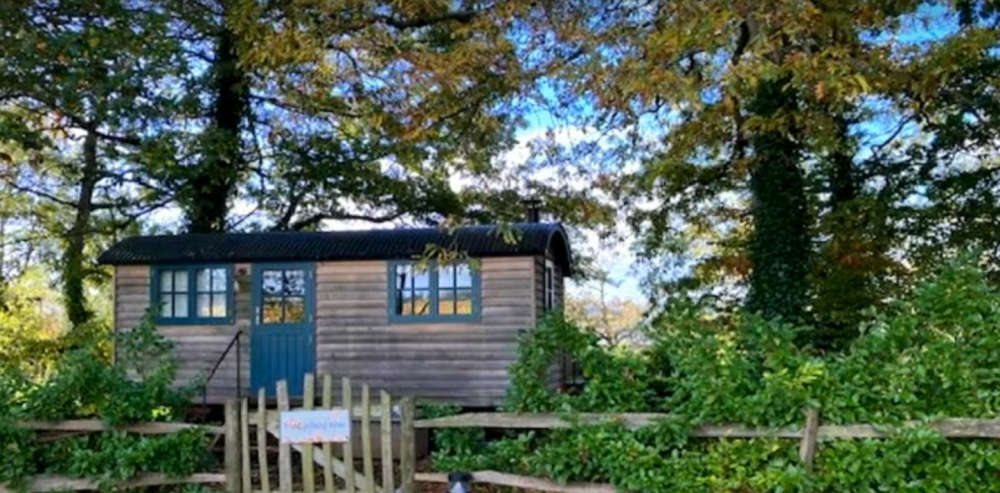
Plans for up to nine homes in an East Devon town have been narrowly rejected because of their potential impact on the area and the loss of quality agricultural land.
he proposal for Slade Farm at Ottery St Mary prompted widespread debate because planning officers had recommended the scheme for approval, even though it was on land where a development of up to 52 homes was refused in 2015.
East Devon District Council’s planning committee’s decision was finely balanced, with seven members voting to refuse the scheme against five for it, with two abstaining.
The type of application was a ‘less common permission in principle’, or PiP, which can only be used for housing-led schemes of 10 or fewer homes.
PiPs essentially only require planners to decide whether the notion of development in a location is acceptable, with more detailed aspects such as the location of individual homes and their design being debated at a second technical details consent (TDC) stage.
Applicant Simon Wagemakers, of Ambergate Planning and Development, reminded the committee it was “only the principle of the proposed development” they were considering.
“I am aware of the significant number of objections, which I have reviewed and responded to, and I would respectfully urge members to consider them carefully as most relate to matters that are not part of this [PiP} application,” he said.
“Aspects such as ecology, highways, drainage, and local infrastructure are not part of this so do not need to be considered today.”
Mr Wagemakers noted the scheme was a “small but significant contribution” to the housing required in the area, and that the much-reduced proposal compared to the 52-home plan took up much less agricultural land.
Cllr Jess Bailey (Independent, West Hill and Aylesbeare) “strongly opposed” the plans because the site is outside a so-called built-up area boundary.
Furthermore, it had been rejected as a possible site in East Devon’s emerging local plan, which will dictate where homes can be built up to 2040.
“The previous refusal was upheld by the Planning Inspectorate, and one aspect that was echoed was it being harmful to the character and appearance of the area, and just because this is a smaller scheme, it is wrong to assume it is acceptable,” she said.
Cllr Bailey added that Slade Road, which would probably be used to access the proposed development, is narrow and unpaved, and that it had already witnesses an increase in traffic that she claimed put schoolchildren walking to school in danger.
Ward member Cllr Vicky Johns (Independent, Ottery St Mary) also opposed the plans, saying Ottery St Mary had seen a large increase in housing and would also get more once the emerging local plan is agreed.
“The majority of the land is grade 2 or 3 agricultural land which should not be used for planning except in exceptional circumstances,” she said.
“The emerging local plan has identified local need and this site was rejected, and the loss of the land is a loss of a green site and loss of biodiviersity.”
East Devon’s planning officer stated that because the council could not demonstrate a five-year housing land supply, which is a government requirement, it had to apply ‘tilted balance’, which weighs the scales in favour of development unless the potential harm significantly outweighed any benefits.
The council currently has 2.7 years of housing land supply.
After a 90-minute debate on the scheme, councillors voted to reject it based on its potential adverse impact on the landscape and character of the area, and the loss of what is regarded ‘best and most versatile’ agricultural land.
Some members, including Cllr Ian Barlow (Independent, Sidmouth), had noted during the debate that the amount of land being used for just nine houses could be deemed excessive, and feared it could open the way for adjacent land to be built on.

 Celebrity chef Caines bags permission for shepherd huts at five-star hotel
Celebrity chef Caines bags permission for shepherd huts at five-star hotel
 Takeaway plan for Exmouth toilets gets go-ahead
Takeaway plan for Exmouth toilets gets go-ahead
 Police hunt stalking suspect who could be in Exeter
Police hunt stalking suspect who could be in Exeter
 Medieval Treasure Unearthed near Silverton by Exmouth Detectorist
Medieval Treasure Unearthed near Silverton by Exmouth Detectorist
 Man given hospital order after admitting manslaughter
Man given hospital order after admitting manslaughter
 Honiton Town Council Grants
Honiton Town Council Grants
 Resignations spark Exeter city council elections
Resignations spark Exeter city council elections
 Historic Topsham building to be repaired
Historic Topsham building to be repaired










